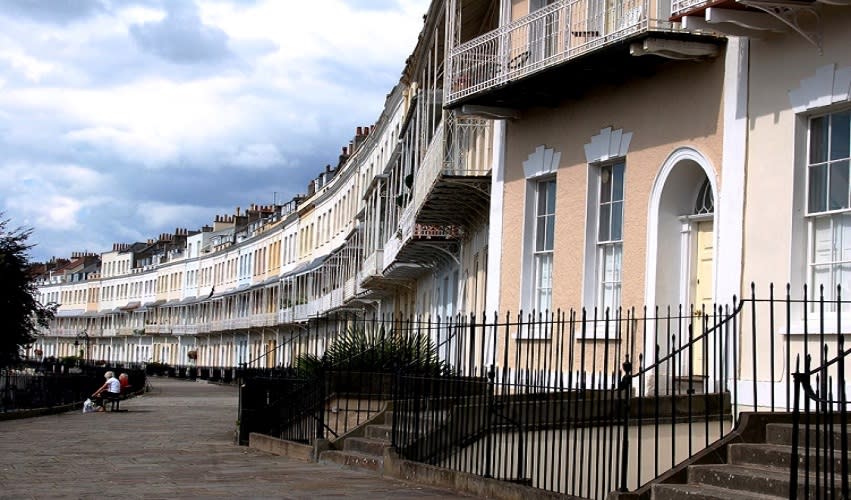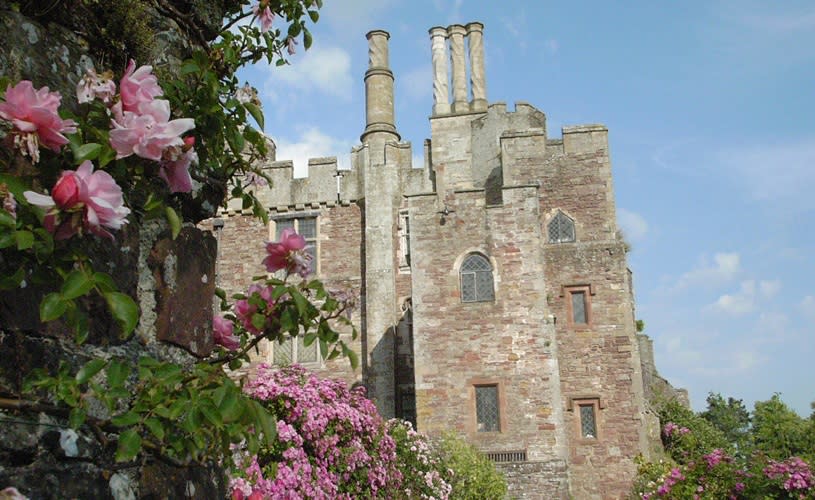Wander through this lively, colourful city and you’ll soon understand how it has inspired the stories of some of literature’s most famous writers. From its medieval Old City to its culturally diverse enclaves. Here’s an introduction to help you explore Bristol’s literary legacies…
Famous literary connections
Bristol's rich maritime history has inspired stories of exploration and daring voyages. Robinson Crusoe is allegedly based on Alexander Selkirk, a shipwrecked sailor, whom author Daniel Defoe met in the Llandoger Trow on King Street. Whilst The Hole in the Wall on Queen Square is said to have inspired The Spyglass in Robert Louis Stephenson's Treasure Island.
Selkirk stayed in Bristol for over a year after his return, where legend says he met Daniel Defoe. It is thought he stayed at the Cock & Bottle Inn (now Castle Park). Some historians believe the two met in the Star Inn or Star Coffee house in the dungeon keep above Bristol Castle (no longer standing). Others think it was the Llandoger Trow.

Image - Haunted and Hidden Walking Tours, The Llandoger Trow
Recognised as the first English novel, Crusoe created a public hankering for the genre and it was followed by other world-renowned tales where Bristol also plays a part.
- Gulliver’s Travels in 1728 by Jonathan Swift (they set sail from Bristol)
- The Rime of Ancient Mariner by Samuel Taylor Coleridge (1798) who lived in Bristol
- The Journal of Llewellin Penrose, Seaman by Bristol adventurer William Williams (1815)
- Treasure Island by Robert Louis Stevenson (1883) for which the city was a great inspiration.
The city is also known for being the birthplace of Robert Southey. Southey, a close friend of Wordsworth and Coleridge (whom, incidentally, he met in Bristol) later became a Poet Laureate. Although he only spent his early years living in Bristol, his time here had a lifelong influence on his work.
Bristol made an impression on romantic poet William Wordsworth. Apparently he wrote the famous poem 'Lines Composed a Few Miles above Tintern Abbey' in Bristol at publisher Joseph Cottle’s house.
Then there’s the tale of young Bristolian Thomas Chatterton who was born and brought up near Redcliffe, where his family had held the office of sexton at St Mary Redcliffe for nearly 200 years. Educated at Colston's School, Chatterton later moved to London to find fame. Be sure to check out the poet's former home on Redcliffe Way.
Jane Austen also spent time in Bristol, with her mother, and is thought to have stayed in Clifton. The folly at Blaise Castle Estate is mentioned in Northanger Abbey. The nearby city of Bath also features frequently in her books.

Image - Royal York Crescent, Clifton
Tours, trails and events
The Treasure Island Trail is a self-guided walking and cycling route around the city’s historic Floating Harbour, which starts at the Merchant Venturers Almshouses on King Street. It celebrates Bristol’s connections with Robert Louis Stevenson’s classic novel Treasure Island – the early part of the book was set in the city. Devised by Bristol-based Long John Silver Trust, the trail is linked by eight wine barrels placed in sites of relevance to Treasure Island.
Bristol Film Office has produced a series of Bristol Movie Maps to allow people to take self-guided tours around the famous local filming locations of popular film and television programmes – usually based on books - including BBC drama Sherlock.

Image - Rob Stothard, National Trust, Tyntesfield
There are also many buildings in Bristol that hold particular literary significance. Bristol Old Vic – the UK’s oldest working theatre, on King Street, was opened in 1766 and has played host to many famous actors and actresses such as Sarah Siddons and Elizabeth Inchbold. In 1795 The Rummer Hotel, in the Old City, was the location of the launch of Samuel Taylor Coleridge’s magazine, The Watchman.
The Victoria Rooms, built in 1841, has hosted many a literary icon. Charles Dickens and his friend Wilkie Collins performed two plays here in 1851, and 19th-century novelist Oscar Wilde also spoke there extensively, on aesthetics.
Bristol Cathedral was a filming location for popular BBC series Wolf Hall – based on the Hilary Mantel book. The Cathedral’s vaulted ceilings, exquisite chapels and hushed splendour inside always make an impression, and now visitors can follow the Wolf Hall Trail round it using the specially produced leaflet which details filming hotspots.

Image - Graham Flack, Bristol Cathedral
Berkeley Castle in Gloucestershire’s Berkeley Vale near Bristol has a strong link to Shakespeare – A Midsummer Night's Dream was written for a Berkeley family wedding that took place in 1596.

Image - Berkeley Castle
Read more:





